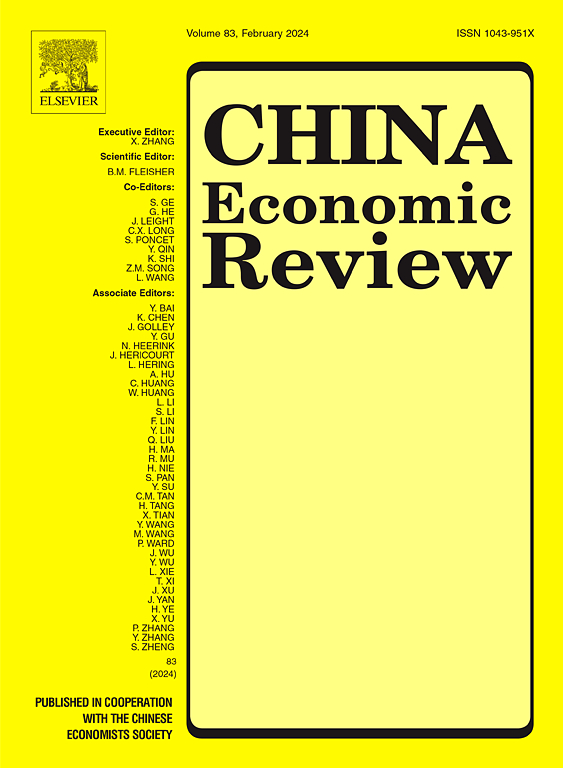规模很重要:衡量不平等和增长冲击的影响
IF 5.5
1区 经济学
Q1 ECONOMICS
引用次数: 0
摘要
理解收入不平等与经济增长之间的关系对社会科学家来说至关重要,但经验证据尚无定论。我们使用贝叶斯结构向量自回归方法来估计1978年至2018年中国和美国这两个大型经济体的不平等与增长之间的关系。我们发现,增长冲击会加剧不平等,而不平等冲击会减少增长。然而,这些冲击的影响规模非常小,占两国差异的2%以下,这表明增长和不平等的其他重要社会经济决定因素。本文章由计算机程序翻译,如有差异,请以英文原文为准。
Size matters: Measuring the effects of inequality and growth shocks
Understanding the relationship between income inequality and economic growth is of utmost importance to social scientists, but the empirical evidence is inconclusive. We use a Bayesian structural vector autoregression approach to estimate the relationship between inequality and growth for two large economies, China and the USA, from 1978 to 2018. We find that a growth shock is inequality-increasing, and an inequality shock is growth-reducing. However, the size of the effects of these shocks is extremely small, accounting for under 2% of the variance for both countries, suggesting other important socio-economic determinants of growth and inequality.
求助全文
通过发布文献求助,成功后即可免费获取论文全文。
去求助
来源期刊

中国经济评论
ECONOMICS-
CiteScore
10.60
自引率
4.40%
发文量
380
期刊介绍:
The China Economic Review publishes original works of scholarship which add to the knowledge of the economy of China and to economies as a discipline. We seek, in particular, papers dealing with policy, performance and institutional change. Empirical papers normally use a formal model, a data set, and standard statistical techniques. Submissions are subjected to double-blind peer review.
 求助内容:
求助内容: 应助结果提醒方式:
应助结果提醒方式:


